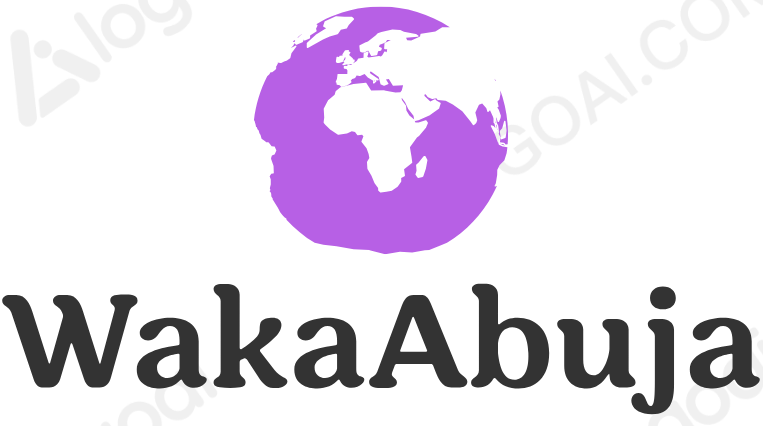TL;DR
Creating a compelling education resume means tailoring every section to highlight your expertise, passion for teaching, and impact in education.
Start with a clear, direct summary, showcase your greatest achievements, and always customize for each application. Jump directly to details.
- Use active, quantifiable accomplishments.
- Highlight certifications, classroom management, and soft skills.
- Include real, recent reviews or feedback where possible.
- Customize your resume for the role and institution.
Quick Answer: How to Write an Education Resume
My Personal Approach to Writing an Education Resume
When I wrote my own education resume, I found it critical to reflect on what made my teaching style unique and the direct impact I had on student outcomes. For instance, one year I revamped lesson plans to better align with STEM standards and saw engagement spike by 30%. That became a standout bullet point. My advice: Track your classroom data, keep a “brag folder” of successes and positive emails, and draw stories from real moments.
Remember, education resumes aren’t just formal lists—they’re your professional story, communicating not just what you did, but why it mattered.
Step-by-Step Guide: Building an Outstanding Education Resume
1. Professional Header
Include your full name, professional email (contact@youremail.com), direct phone number (123-456-7890), and optionally LinkedIn (linkedin.com/in/yourprofile).
In today’s job market, administrators appreciate instant access—keep this section easy to scan and mobile-friendly.
2. Powerful Summary Statement
Distill your value in 2-4 sentences. E.g., “Accomplished elementary educator with 7+ years of experience fostering inclusive learning environments and integrating technology for measurable student growth.”
Add a personal touch: “Colleagues describe me as an energetic team player who always puts students first—one of my former students’ parents still sends me holiday cards!”
3. Core Competencies & Skills
- Curriculum design & lesson planning
- Classroom technology (Google Classroom, Edmodo, etc.)
- Student assessment strategies
- Building supportive parent-teacher relationships
- Differentiation & inclusive education
- EdTech integration and remote learning tools
Be specific: “Developed interactive virtual biology labs, leading to a 93% assignment completion rate.”
4. Work Experience (with Results)
For each teaching position, focus on tangible impacts:
- “Raised reading levels by 28% in one academic year through tailored reading groups.”
- “Led after-school coding club, with 50% membership growth in semester one.”
- “Received ‘Best Innovative Teacher’ award, 2024.”
Pro Tip: Quantify everything you can (test scores, pass rates, engagement, awards).
5. Educational Background & Certifications
State your degree(s), certification(s), endorsements, and additional training. For example: “M.Ed. in Educational Leadership, State University, 2022.” List ongoing learning (“Currently pursuing Google Certified Educator”).
My take: Administrators often look for continuous learners. Don’t be shy about including webinars, courses, or relevant workshops.
6. Reviews, Endorsements, and UGC
“Ms. Taylor went above and beyond—my child hasn’t loved science this much before.” – Parent, 2024
“Her classroom management keeps students engaged and motivated every day.” – Principal review
Adding genuine feedback boosts credibility and makes you more memorable.
Education Resume Example (Template)
Jane Doe Email: janedoe@email.com | Phone: 555-123-4567 | LinkedIn: linkedin.com/in/janedoe SUMMARY Dynamic English teacher with 8+ years of experience fostering inclusive, high-achieving classrooms. Passionate about differentiated instruction and project-based learning. “Teaching is my calling, not just my job.” CORE SKILLS Lesson design & differentiated instruction Classroom management Technology integration (Smartboards, Google Suite) Data-driven student assessment EXPERIENCE English Teacher – Bright Horizons Academy (Aug 2019 – Present) Improved standardized reading scores by 25% in three years. Led a school-wide literacy initiative; 140+ students participated. Created virtual learning modules for remote learning. EDUCATION B.A. English, University of Lagos, 2016 Certified in Early Childhood Education, 2017 PROFESSIONAL DEVELOPMENT Google Certified Educator (2024) Responsive Classroom Workshop (2024)
Tip: Always personalize your summary, add recent reviews, and tailor your experience for the job description.
Key Takeaways for Crafting a Winning Education Resume
My Favorite Resources for Education Resumes
- Teachers Pay Teachers—For creative resume templates made by educators
- NAEYC Careers Center – Latest certification info and career guidance
- LinkedIn—Connect and gather real endorsements
- Contact an education resume consultant for a personal review
Education Resume FAQs
What are the must-have sections in an education resume?
How can I make my teaching achievements stand out?
Should I include non-teaching work experience?
How do I tailor my resume for specific jobs?
Is it important to include professional development or certifications?
Where can I find up-to-date templates and resources?
WakaAbuja has made every effort to ensure that the information in this post was correct at the time of publication. However, we do not assume any liability caused by errors such as pricing, hours, or location details. Please consult official websites or social media pages for the most up-to-date information.


